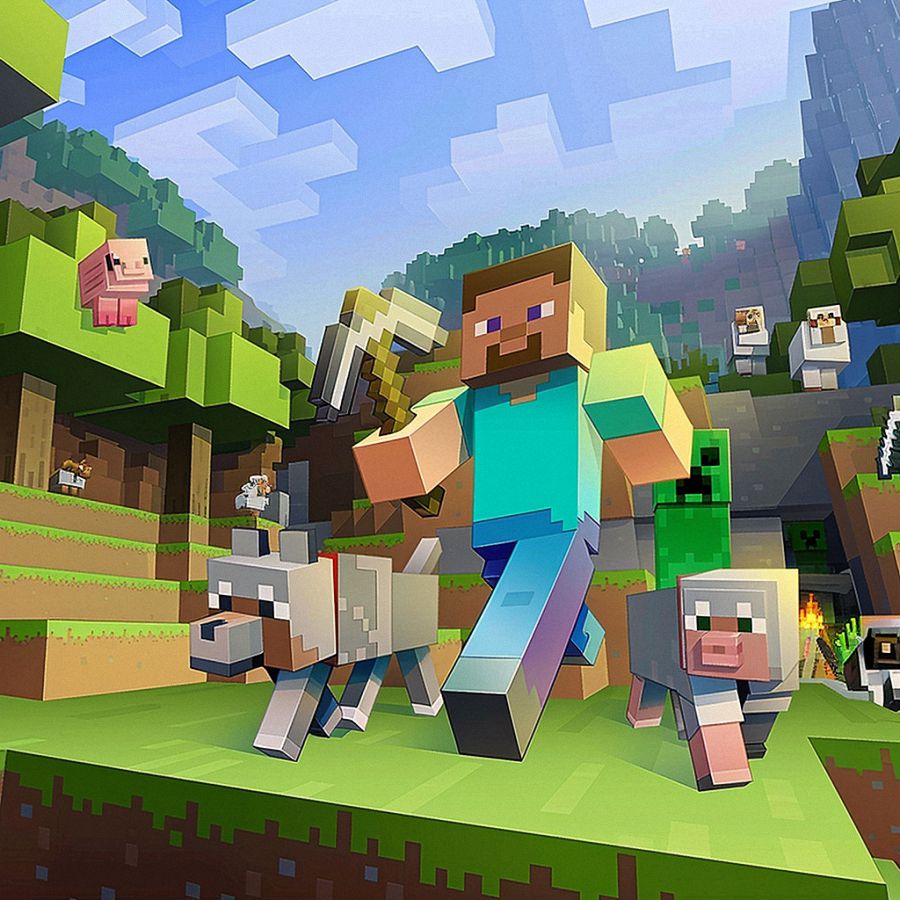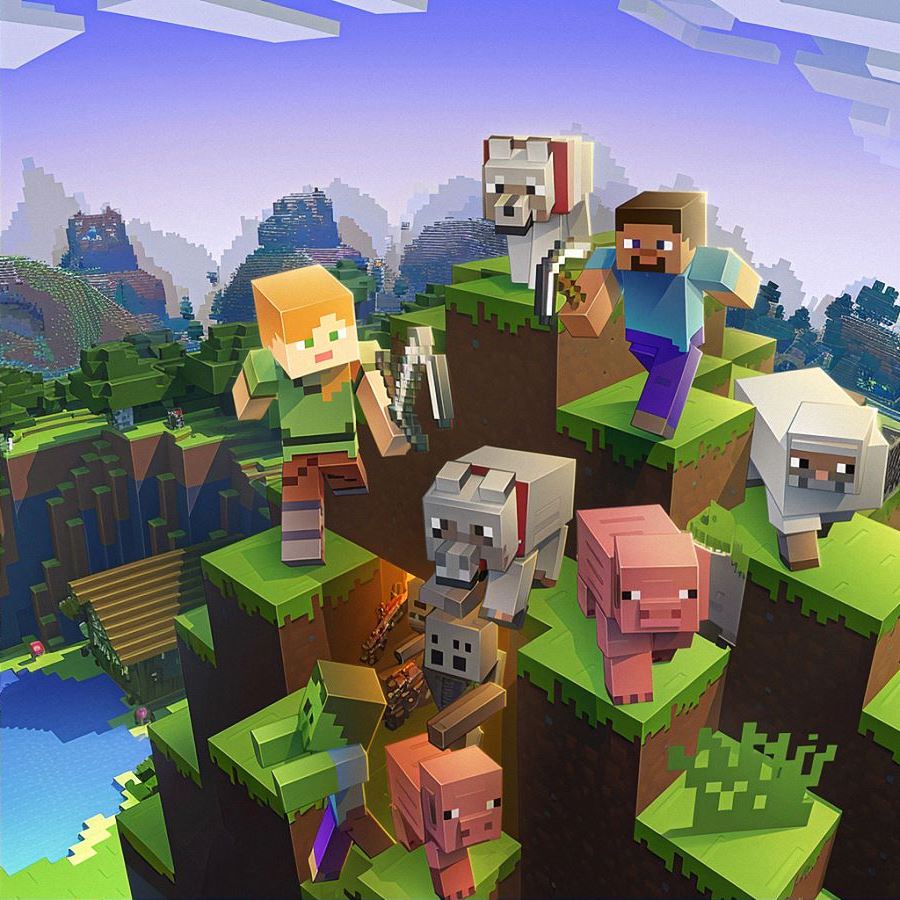Why Don’t Villagers in Minecraft Reproduce? Explained

Understanding Villager Reproduction Mechanics
Basic Requirements for Villager Breeding
Ever wondered why don’t villagers in Minecraft reproduce? It’s not as simple as putting two villagers together and expecting a baby villager to appear. There are specific conditions that need to be met for villagers to start breeding.
Contents
ToggleFirst and foremost, villagers need to be “willing.” This willingness is triggered when certain conditions are met, such as having the right amount of food and available beds. When two villagers are willing at the same time, they enter into a mating mode and attempt to produce a baby villager.
To create the right environment, each villager must have a bed. Beds are crucial as they are considered personal space for each villager. Additionally, the number of beds in the village must exceed the current number of adult villagers. This ensures there is a bed for the new baby villager. Without this, villagers will not enter breeding mode.
Role of Beds and Doors in Villager Breeding
Beds and doors play a vital role in the breeding process. In the past, doors were primarily used to define a village, but now beds have taken center stage.
Each villager requires a bed with two blocks of free space above it. This bed becomes their own personal space, which they return to during the night. If there aren’t enough beds, villagers will not breed as they recognize the village cannot support more population.
Moreover, villagers use beds to rest, which affects their mood and willingness to breed. If a villager cannot sleep, it won’t be in the mood to produce offspring. Therefore, ensuring that all beds are accessible and free from obstructions is critical. Villagers need to have an unobstructed path to their beds, otherwise, they might get stuck and fail to reproduce.
Impact of Food and Inventory on Villager Reproduction
Food is another critical factor influencing why don’t villagers in Minecraft reproduce. Villagers need food to become willing to breed. They can consume three types of food items: bread, carrots, and potatoes. Each type has a different effect on their willingness to breed.
- Bread: A villager needs three loaves of bread to become willing.
- Carrots: Twelve carrots are required for willingness.
- Potatoes: Twelve potatoes are needed as well.
When villagers have enough food in their inventory, they share it with each other, which can lead to both becoming willing to breed. This sharing behavior is essential for starting the breeding process.
To ensure villagers reproduce, you must provide them with plenty of food. You can throw food at them, and they will pick it up and store it in their inventory. Alternatively, you can build automated farms that villagers can harvest themselves, ensuring a constant supply of food.
Additionally, each villager needs to have free inventory space to store food. If a villager’s inventory is full, it won’t pick up more food, which can prevent breeding. Thus, keeping an eye on their inventory and ensuring they have enough food is crucial.
In conclusion, understanding the mechanics behind villager reproduction in Minecraft involves recognizing the importance of beds, food, and proper housing conditions. By ensuring that villagers have access to these essentials, you can create a thriving village with a growing population. Happy building!

Common Problems Preventing Villager Reproduction
Insufficient Beds and Housing
One of the main reasons why villagers in Minecraft don’t reproduce is the lack of sufficient beds and housing. Villagers need beds to claim as their own, and each bed must have at least two blocks of air above it to be considered valid. If you’ve ever wondered why your villagers aren’t breeding, the answer might lie in their sleeping arrangements.
Villagers are picky about their living conditions. Each one needs a bed to sleep in at night, and more importantly, they need enough beds to ensure there’s room for a baby villager. If your village has fewer beds than the number of adult villagers, no new villagers will be born. It’s simple math!
To solve this, make sure you build enough houses with beds for every villager, plus a few extra. Consider designing your village with plenty of space, ensuring that paths to beds are clear and accessible. Stack houses if space is tight, just make sure each bed is properly spaced. By ensuring there are enough beds, you’re setting up a cozy environment where villagers can thrive and grow their community.
Lack of Proper Food Supply
Food is a critical element for villager reproduction. Without a steady supply of food, villagers won’t be willing to breed. They need a variety of foods like bread, carrots, and potatoes. But how does this work?
Villagers need food in their inventory to become willing to breed. They require either three loaves of bread, twelve carrots, or twelve potatoes. These items must be shared between them to increase their willingness to mate. If they don’t have enough food, they simply won’t feel like it’s a good time to bring a new baby into the world.
You can ensure your villagers have plenty to eat by manually feeding them or setting up an automated farm. Throw food directly at them, or create a farm where they can harvest crops themselves. Make sure their inventories aren’t full of other items, as this will prevent them from picking up the food they need.
Additionally, consider the efficiency of your farm. Automated farms where villagers can collect and share food on their own can keep them well-fed without your constant intervention. This not only helps with reproduction but keeps your village running smoothly and happily.
Overpopulation and Gossip Mechanism
Overpopulation can be another hurdle preventing villager reproduction. Minecraft has a built-in mechanic to prevent villages from becoming too crowded. If the number of villagers exceeds the number of available beds, breeding stops.
Villagers also communicate through a gossip system. They share information about the village’s population and availability of resources. If they perceive the village is overcrowded or lacks sufficient resources, they won’t breed. This is a self-regulating system to ensure the village doesn’t collapse under its own weight.
To manage overpopulation, you need to maintain a balance between the number of villagers and available beds. Regularly expand your village by adding more houses and beds to accommodate new villagers. This way, you’re keeping up with the natural growth and ensuring that your village remains a place where new villagers can be born.
Understanding and managing these common problems—insufficient beds and housing, lack of proper food supply, and overpopulation—are key to fostering a thriving village. By addressing these issues, you can create an environment where your villagers are happy, well-fed, and eager to grow their community. Happy building!

Solutions to Encourage Villager Breeding
Optimizing Village Design for Breeding
Creating an environment that encourages villager breeding is essential for expanding your Minecraft community. The first step is optimizing your village design to promote breeding among villagers.
-
Spacious Housing: Ensure each villager has a designated bed with enough space around it. Two blocks of air space above the bed are necessary for it to be considered valid. Spacious housing not only accommodates current villagers but also prepares for future growth.
-
Clear Pathways: Villagers need clear pathways to move around and access their beds, workstations, and food sources. Avoid obstacles and narrow passages that can hinder their movement.
-
Separate Work and Living Areas: Designate separate areas for villagers to work and live. This separation reduces congestion and promotes a more organized village layout.
-
Lighting and Security: Proper lighting around the village prevents hostile mobs from spawning and endangering villagers. Secure the perimeter with fences or walls to keep villagers safe.
Ensuring Adequate Resources and Space
Apart from housing, ensuring that your villagers have adequate resources and space is crucial for breeding success.
-
Food Supply: Maintain a steady supply of food items such as bread, carrots, and potatoes. Consider setting up automated farms or trading with villagers to keep their inventories stocked.
-
Storage Solutions: Provide storage chests near workstations to store excess resources. This prevents clutter and allows villagers to efficiently access materials for their tasks.
-
Expanding the Village: As your population grows, expand the village by adding more houses, beds, and amenities. A larger village can support more villagers and encourages breeding.
-
Environmental Conditions: Pay attention to environmental factors like lighting, ventilation, and aesthetics. A well-lit and visually appealing village not only makes villagers happier but also encourages them to breed.
Utilizing Advanced Breeding Techniques and Strategies
For experienced Minecraft players looking to maximize villager breeding, advanced techniques and strategies can further enhance your village’s growth.
-
Breeding Chambers: Create designated breeding chambers where willing villagers can gather. These chambers can be enclosed spaces with beds, food sources, and lighting optimized for breeding.
-
Profession-Based Villager Management: Manage villagers based on their professions to optimize resource production and trading. Farmers, for example, can supply food for breeding, while librarians can offer valuable trades.
-
Trading for Resources: Utilize trading with villagers to acquire specific resources needed for breeding. Villagers offer a variety of items in exchange for emeralds, which can be a valuable resource in your village economy.
-
Redstone Automation: Implement redstone-powered automation for tasks like farming, resource collection, and transportation. Automated systems can streamline resource management and free up time for other activities, including villager breeding.
By implementing these solutions and strategies, you can create a thriving village where villagers are happy, well-fed, and eager to expand their community through breeding. Experiment with different approaches and tailor them to your village’s unique needs for optimal results. Happy crafting!


